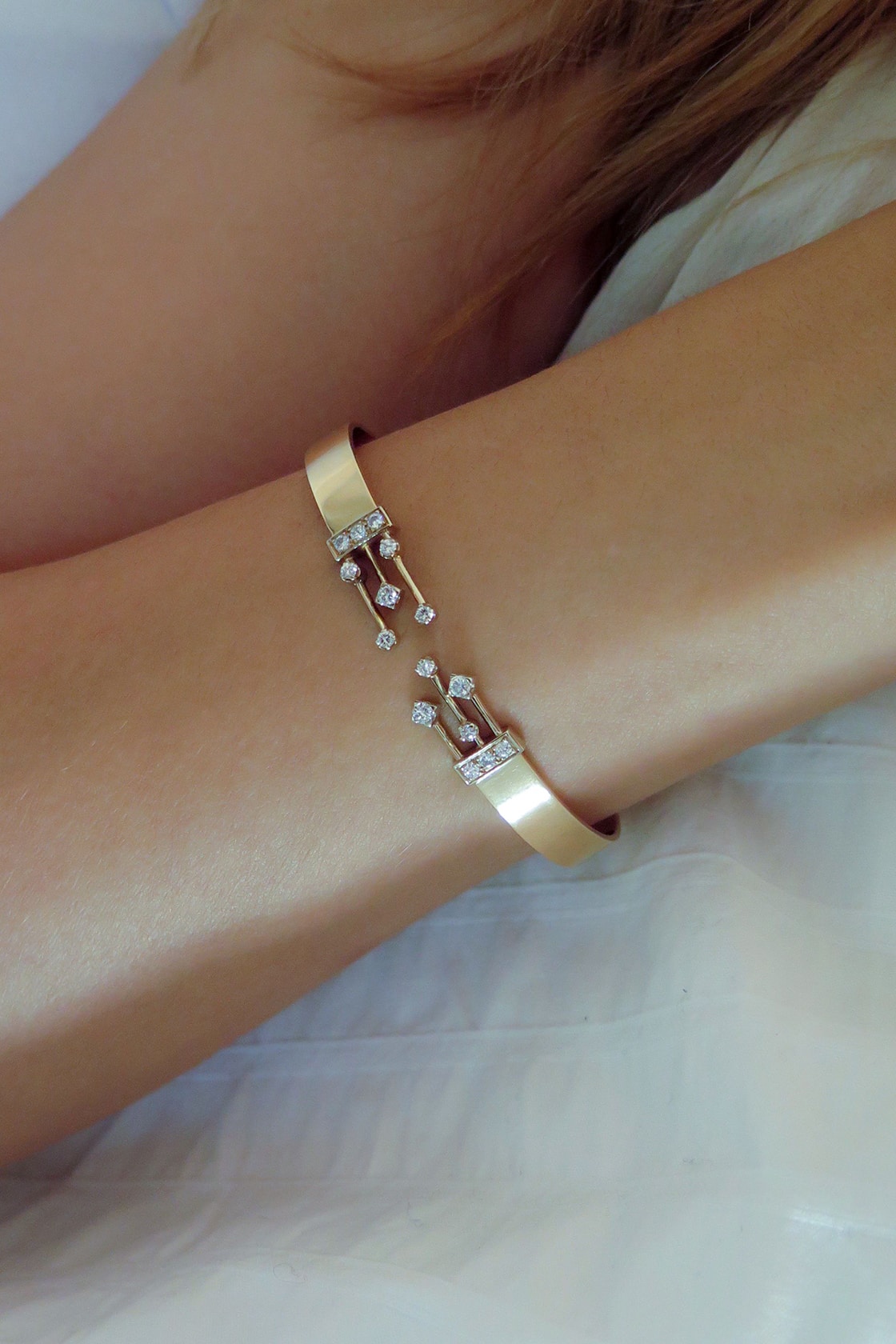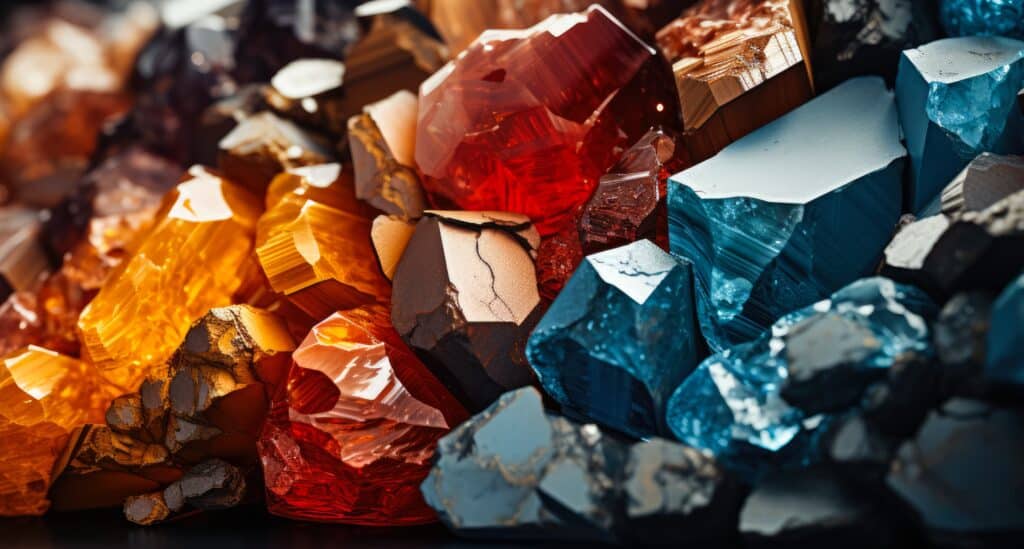Blog
Raw materials used by luxury jewelers
The beauty of a piece of jewelry lies not only in its design but also in the quality of the raw materials used. Whether gold, diamond, or a precious stone like Amethyst, each raw material is unique and possesses its own characteristics. This is why, at Atelier Bravig, a luxury jeweler in Luxembourg, our skilled artisans work with passion and expertise to enhance their natural beauty and create exceptional jewelry.
In this article, discover the raw materials used in luxury jewelry and the secrets that make each piece a true treasure.
History of Raw Materials Used in Luxury: Origins and Transformations
The raw materials used in jewelry come from various regions around the world. Gold is extracted in Africa, South America, and Australia. Silver comes from North America, South America, and Asia. Platinum is mined in South Africa, Canada, and Russia. Diamonds are extracted in Africa, Australia, Russia, and Canada.
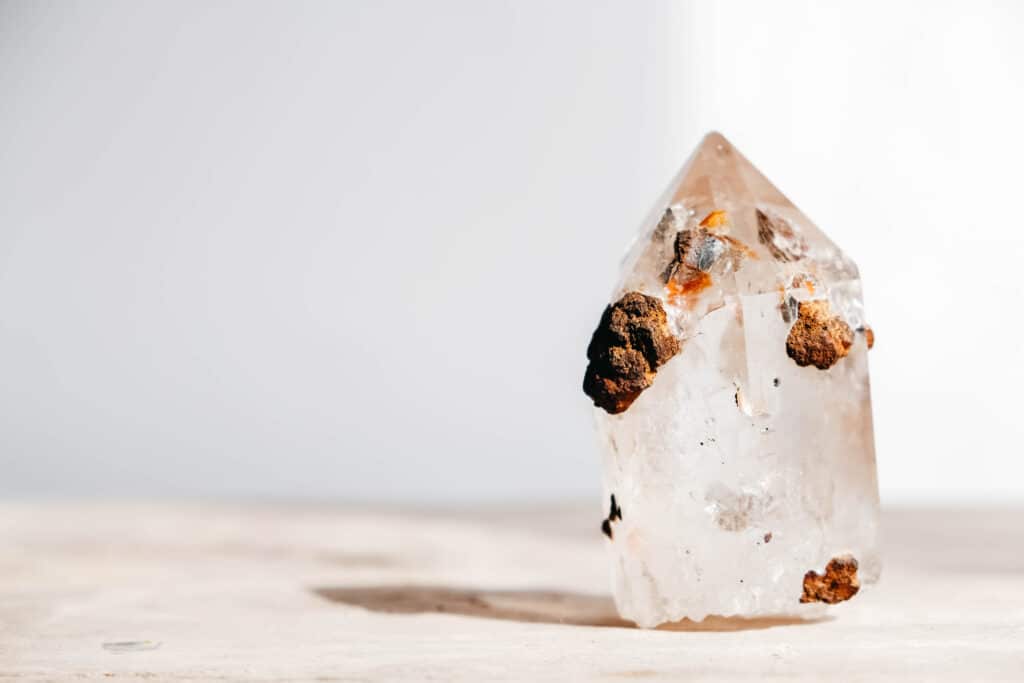
However, before becoming the dazzling pieces that adorn bodies, these raw materials undergo a complex transformation process:
- Gold and silver are melted and purified, eliminating impurities and ensuring optimal quality..
- Platinum is melted and often alloyed with other metals to enhance its strength and improve its aesthetic properties.
- Diamonds are initially extracted as rough crystals, then expert artisans cut and polish them to reveal their maximum brilliance.
- Synthetic diamonds, produced in laboratories, are created under controlled conditions that replicate the natural processes of diamond formation. They are then precisely cut and polished to achieve gems of equivalent quality and purity.
Thus, from distant mines to jewelry workshops, raw materials undergo a lengthy journey, skillfully and passionately transformed to give birth to unique pieces..
Precious Alloys
Precious alloys, such as gold, silver, and platinum, have long captured the attention of luxury enthusiasts for their timeless elegance and unique symbolism.
- The brilliance of gold: Gold, the quintessential precious metal, embodies the essence of luxury with its unmatched shine. Its intense yellow color, corrosion resistance, and malleability make it an ideal material for creating exceptional jewelry and art objects. From royal adornments to contemporary gold rings, gold shines with a warm brilliance, carrying the legacy of ancient civilizations.
- The luminosity of silver: Silver evokes discreet elegance and unique luminosity. Used for centuries to adorn tableware, jewelry, and valuables, silver offers a subtle balance between sobriety and refinement. Its timeless silver color makes it the ideal choice for creations that are both classic and modern. Silver can be rhodium-plated, covered with a thin layer of rhodium, a precious metal from the platinum family. Rhodium plating gives silver a shinier appearance and increased scratch resistance.
- The nobility of platinum: Platinum, a rare and resilient metal, embodies unparalleled nobility. Known for its exceptional durability, platinum adds a touch of sophistication to the most prestigious pieces. Often associated with diamonds, this precious metal provides a perfect canvas to enhance the brilliance of gemstones, creating timeless jewelry artworks.
Precious Stones: Origins, Characteristics, and Properties
Precious stones, nature’s jewels, reveal a world of splendor and mystery. Each with its unique character, contributes to the brilliance of the jewelry world, embodying both the rarity of nature and the exceptional artistry of artisans who transform them into extraordinary pieces.
- Diamond
The diamond gets its name from the Greek “adamas,” meaning invincible. Formed under extreme pressures at unfathomable depths, the diamond is the hardest and brightest of minerals. A symbol of strength and eternity, it enchants with its purity and ability to capture light, creating timeless brilliance in luxury jewelry.
- Ruby
The ruby, a jewel of passion, derives its brilliance from the chromium that colors it intense red. Emerging from the depths of the Earth, the ruby symbolizes strength and love. Its rarity makes it a coveted treasure, while its vibrant color makes it a gem of enchanting beauty.
- Sapphire
Sapphire offers a palette of colors ranging from blue to pink. Famous for its hardness and brilliance, sapphire embodies loyalty, serenity, and wisdom. Its variety of hues makes it a versatile gemstone, symbolizing royalty and timeless elegance.
- Emerald
The emerald captivates with its deep and soothing green color. Linked to mythology and rebirth, the emerald symbolizes growth and fertility. Although softer than diamond, its ethereal beauty makes it a prized gemstone, often set in high jewelry creations.
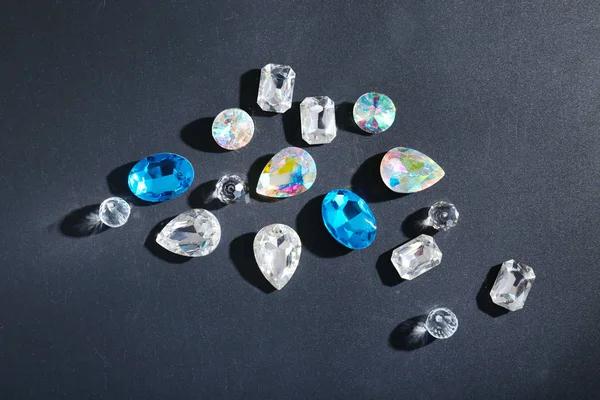
Semi-Precious Stones and Innovative Materials
The world of jewelry extends beyond the boundaries of precious gems, with the diversity of semi-precious stones and innovative materials enriching artistic creations.
Fine stones
Semi-precious stones, such as amethyst, citrine, aquamarine, spinel, or topaz, bring an infinite palette of colors and shades. Amethyst, with its enchanting purple hue, symbolizes wisdom, while citrine, radiating golden warmth, evokes joy. Aquamarine, spinel, and topaz offer diverse options, allowing creators to play with a variety of tones and shapes.
Organic Gems
Organic gems, such as pearls, amber, red coral, or mellite, bring a natural and authentic touch to creations. Pearls, born from the depths of the oceans, embody timeless elegance, while amber, an organic fossil, carries the millennia-old history of nature. Red coral, vibrant and alive, evokes underwater reefs, and mellite, with its rarity, adds a precious note to the ensemble.
The Use of Contemporary Materials in Jewelry
Beyond traditions, contemporary jewelry explores the use of innovative materials. From precious metals to modern alloys, synthetic stones to organic materials, creators push the boundaries of creativity. Stainless steel, titanium, and ceramics come into play, challenging conventions and adding a futuristic dimension to pieces. The integration of innovative materials reflects the evolution of jewelry, where boldness and experimentation blend with tradition.
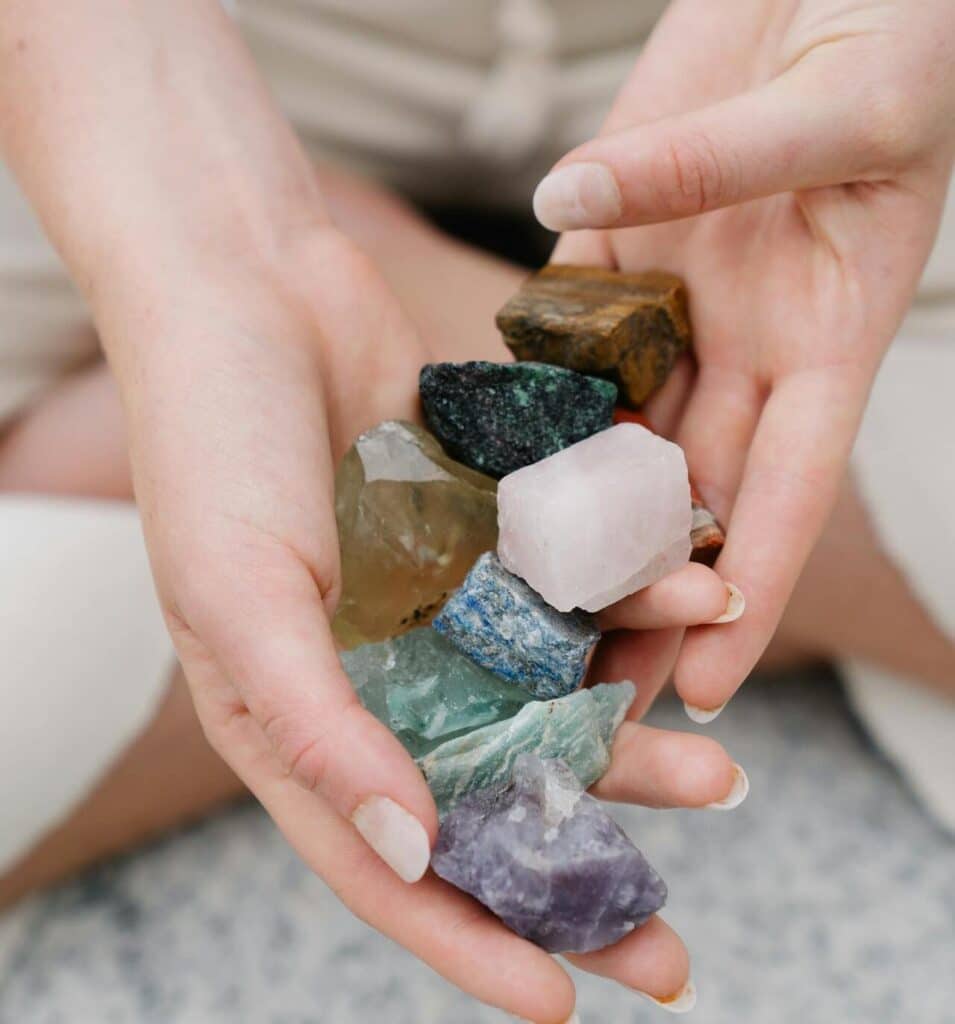
How to Choose Your Precious Metal?
Choosing the perfect precious metal for your jewelry is a delicate decision that combines aesthetics, durability, and budget. Here are some tips to guide your choice towards the brilliance that best suits your preferences.
Aesthetic Criteria
The color and appearance of the metal are essential elements to consider.
- Yellow gold is a timeless classic that pairs well with all colors.
- White gold is modern and elegant, enhancing the beauty of gemstones.
- Rose gold is romantic and adds a subtle touch of color.
- Silver is an accessible metal that adapts to all styles.
- Platinum is a precious and rare metal symbolizing luxury and elegance.
Taking into account your personal taste and the desired style, choose the metal that resonates with your aesthetic.
Resistance to Wear
The metal’s resistance to wear is important if you plan to wear your jewelry every day.
- Gold, while relatively malleable, retains its brilliance over time.
- Platinum, a robust metal, resists scratches and daily wear. It is denser than gold or silver, giving it a solid and luxurious feel.
- Silver, although elegant, may require more frequent maintenance to prevent oxidation.
Consider the intended use of the jewelry and choose a metal accordingly to ensure its longevity.
Carats
Carats are used to measure the purity of gold. A 24-carat gold piece is considered 100% pure, while 18-carat gold is composed of 75% pure gold and 25% other metals. The higher the carat number, the purer the gold, but it can also be softer and less durable. Thus, when choosing your jewelry, consider both the density of the metal and its carat content to ensure its long-term durability and brilliance.
Cost
Cost is a practical aspect not to overlook when choosing a precious metal. Gold and platinum are often more expensive due to their rarity and purity. Silver offers a more affordable alternative while maintaining undeniable elegance. Define your budget according to your means while remaining aware of potential trade-offs between metal quality and cost.
Luxury jewelers transform carefully selected raw materials into exclusive works of art. For an exceptional experience, explore our collections of gold rings, gold bracelets, and gold necklaces, signed by Atelier Bravig. Treat yourself to refined luxury and timeless elegance from our prestigious collection.

 Français
Français


